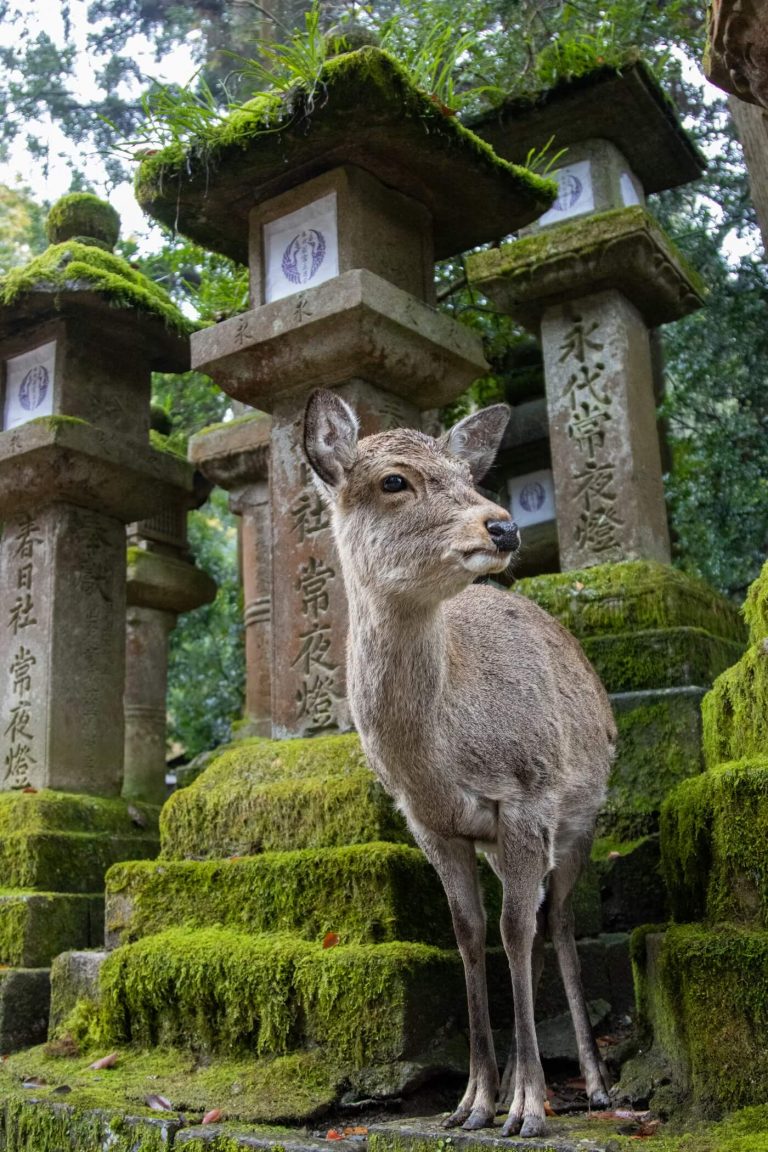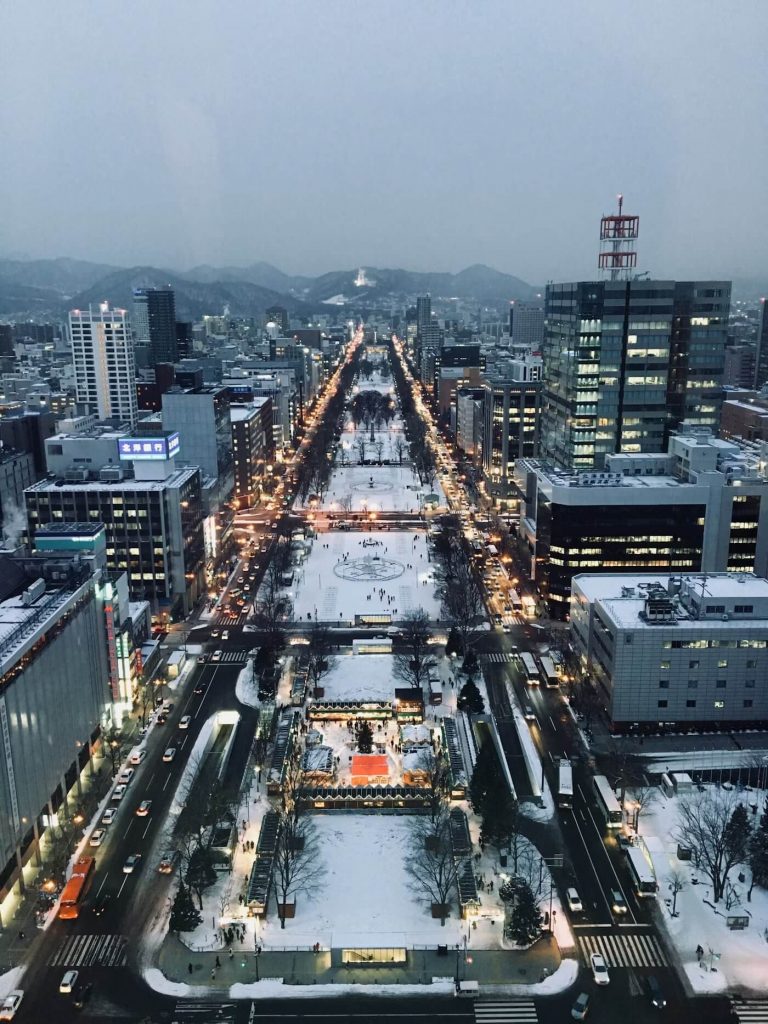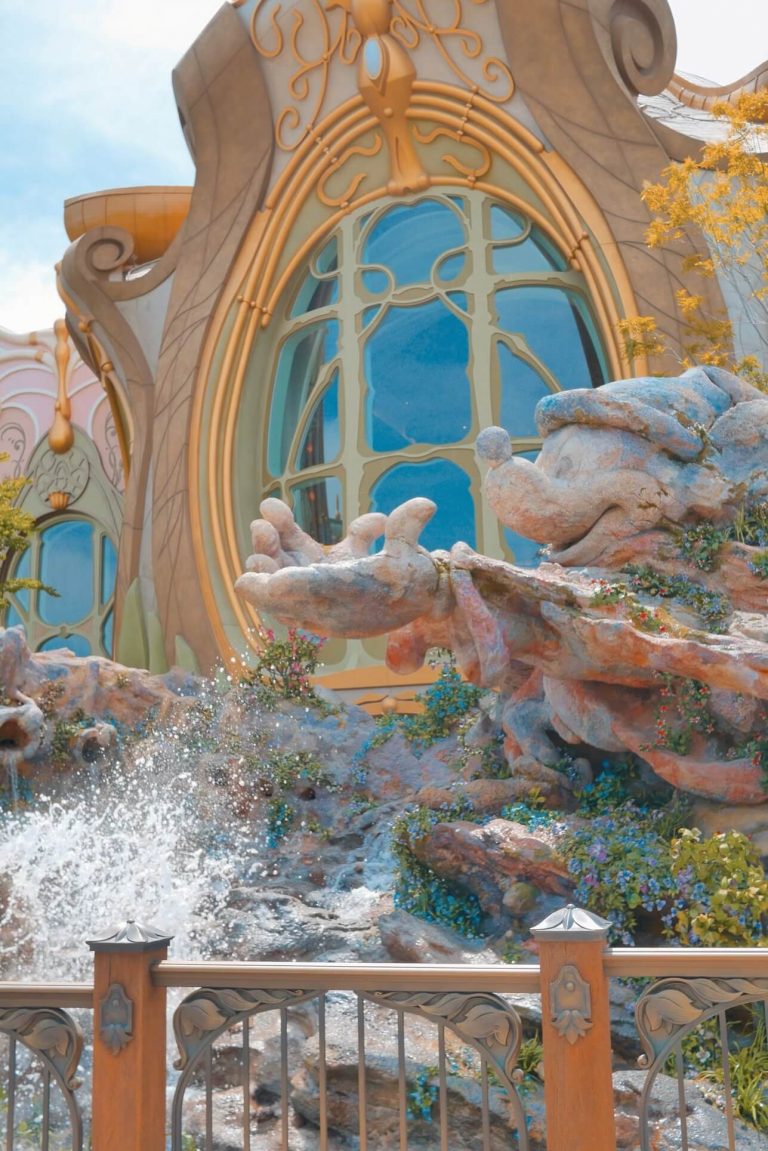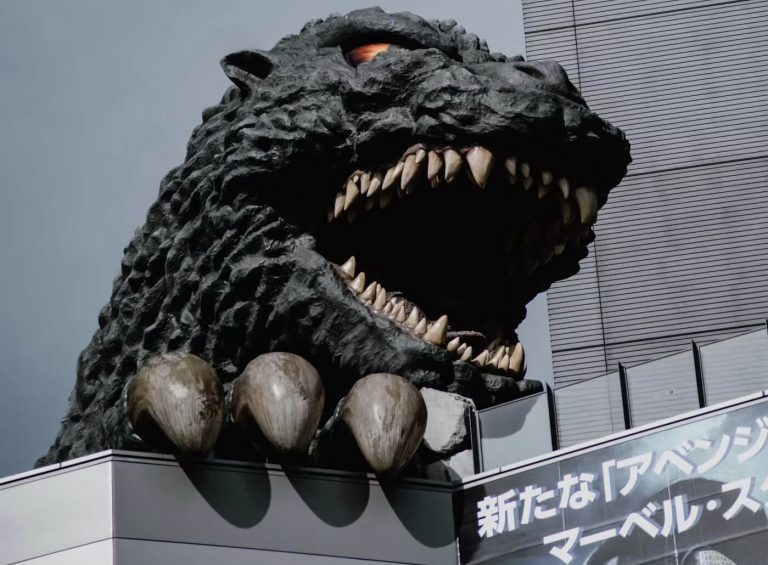Just a short hop from Osaka or Kyoto, Nara delivers one of the most charming day trips in all of Japan. This ancient capital blends sacred temples, towering Buddha statues, peaceful gardens, and—of course—the famous free-roaming deer that love greeting visitors. Whether you’re hunting for the best things to do in Nara, planning a smooth Osaka to Nara or Kyoto to Nara adventure, or simply wanting a break from the big-city buzz, this friendly little city offers history, nature, and unforgettable moments at every turn. In this Nara travel guide, you’ll find the top attractions, insider tips, and must-see spots to make your day trip truly unforgettable.
Nara Travel Guide
How to Get to Nara
Getting to Nara is incredibly simple, which is why it’s one of the most popular day trips from Osaka and Kyoto. Fast trains, clear routes, and frequent departures make the journey stress-free—even for first-time visitors to Japan.
From Osaka to Nara
- JR Yamatoji Line (From Osaka Station) The fastest JR option, taking around 45–50 minutes. It drops you at JR Nara Station, just a short walk or bus ride from Nara Park and Todai-ji Temple.
- Kintetsu Nara Line (From Namba Station) Often the most convenient choice because Kintetsu Nara Station is closer to the main sights—right next to Nara Park. Ride time is 35–40 minutes on the express service.
From Kyoto to Nara
- JR Nara Line (From Kyoto Station) Rapid trains take about 35–45 minutes, making this one of the quickest ways to reach Nara. You can easily buy tickets from the automated machines or ticket counters—no reservations needed.
Nara Park – A Deer Paradise
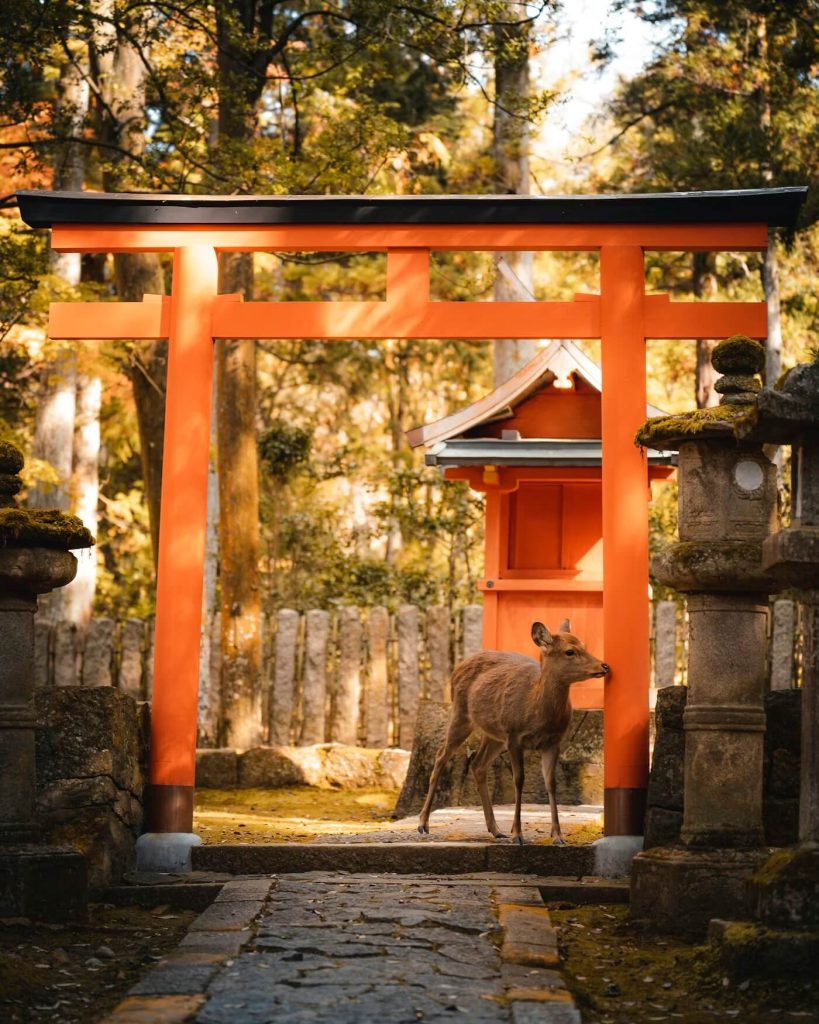
No trip to Nara is complete without wandering through Nara Park, the city’s most iconic attraction and one of the top things to do in Nara. This sprawling green sanctuary is home to more than 1,000 free-roaming Sika deer, who have become beloved mascots of the city. Considered sacred messengers of the gods, these gentle creatures are famously polite—they’ll even bow before accepting a deer cracker (sold all around the park).
Beyond the deer, the park is packed with some of Japan’s most important cultural treasures, making it the perfect starting point for your Nara day trip:
- UNESCO World Heritage Site
- Todaiji Temple and its massive Great Buddha
- Kasuga Taisha Shrine, known for thousands of stone lanterns
- Peaceful ponds, shaded pathways, and lush gardens ideal for slow strolling and photography
Whether you’re here to feed the bowing deer, take scenic photos, or explore ancient temples, Nara Park offers a beautiful blend of culture, nature, and fun—right in the heart of the city.
Todaiji Temple – An Architectural Marvel
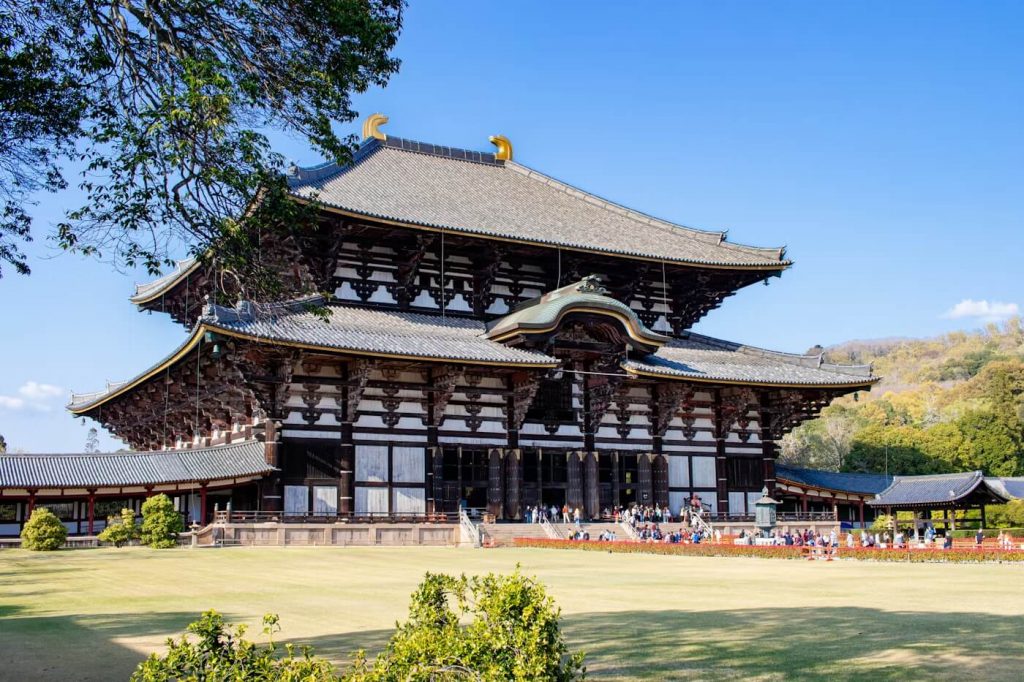
Just a short walk from the deer-filled lawns of Nara Park sits Todaiji Temple, one of Japan’s most impressive historical landmarks and a must-see on any Nara itinerary. Founded in 752, this monumental complex once served as the head temple for all provincial Buddhist temples across Japan.
- The Great Buddha Hall (Daibutsuden)
This immense wooden hall is one of the largest wooden buildings in the world, and stepping inside feels like entering a timeless sanctuary. - The Great Buddha (Daibutsu)
Towering at 15 meters (49 ft), the bronze Daibutsu is one of the largest Buddha statues in Japan, radiating a powerful sense of calm and spirituality. - Cultural Significance
Todaiji is a designated UNESCO World Heritage Site, admired for its craftsmanship, scale, and influence on Japanese Buddhist architecture. - Seasonal Events
The temple hosts several major ceremonies, including Omizutori every March—a dramatic ritual involving sacred water and cleansing fire, attracting visitors from all over Japan.
With its towering Buddha, ancient history, and breathtaking architecture, Todaiji Temple is the highlight of any Nara trip and an unforgettable stop for culture lovers, photographers, and first-time visitors alike.
Kasuga Taisha Shrine – A Path of Lanterns
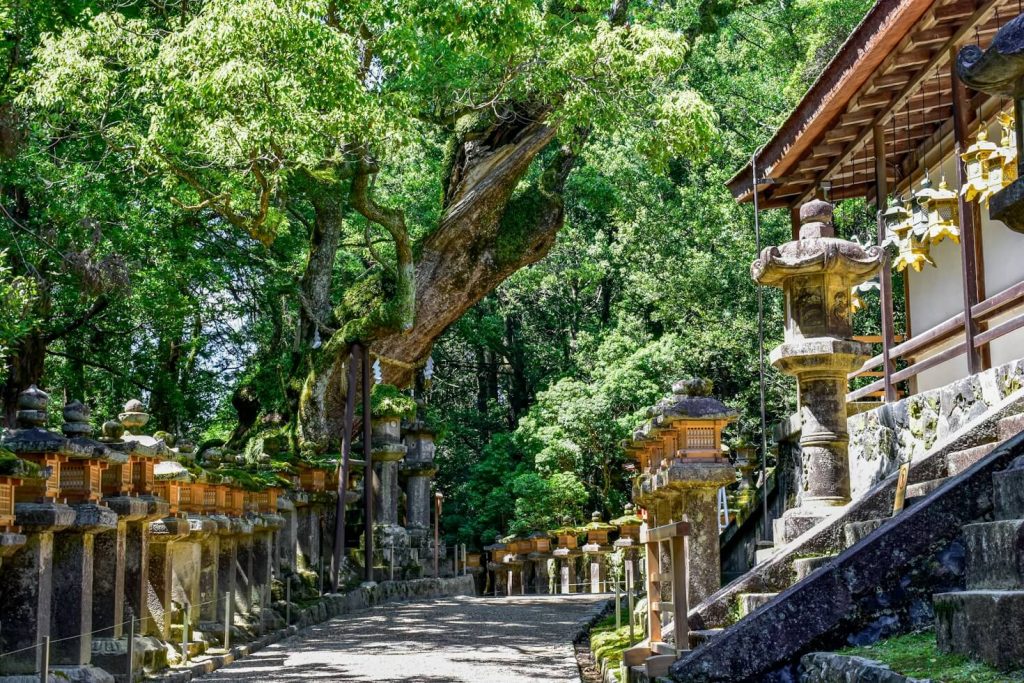
A short walk deeper into the forest of Nara Park brings you to Kasuga Taisha Shrine, one of Nara’s most atmospheric and photogenic sights. Famous for its hundreds of stone and bronze lanterns, the lantern-lined approach feels like stepping into a sacred world untouched by time. The vibrant vermilion buildings glowing against the lush forest create a picture-perfect scene for any Japan photography lover.
Dating back to the 8th century, Kasuga Taisha is dedicated to several Shinto deities and ancestral spirits, making it a deeply important pilgrimage site. As a UNESCO World Heritage Site, the shrine is also known for its Kasuga Wakamiya On-Matsuri festivals held every February and December, featuring ancient performances, dances, and traditional processions. If your trip aligns with the festival dates, it’s one of the most unique cultural experiences in Nara.
Isuien Garden – Serenity and Beauty
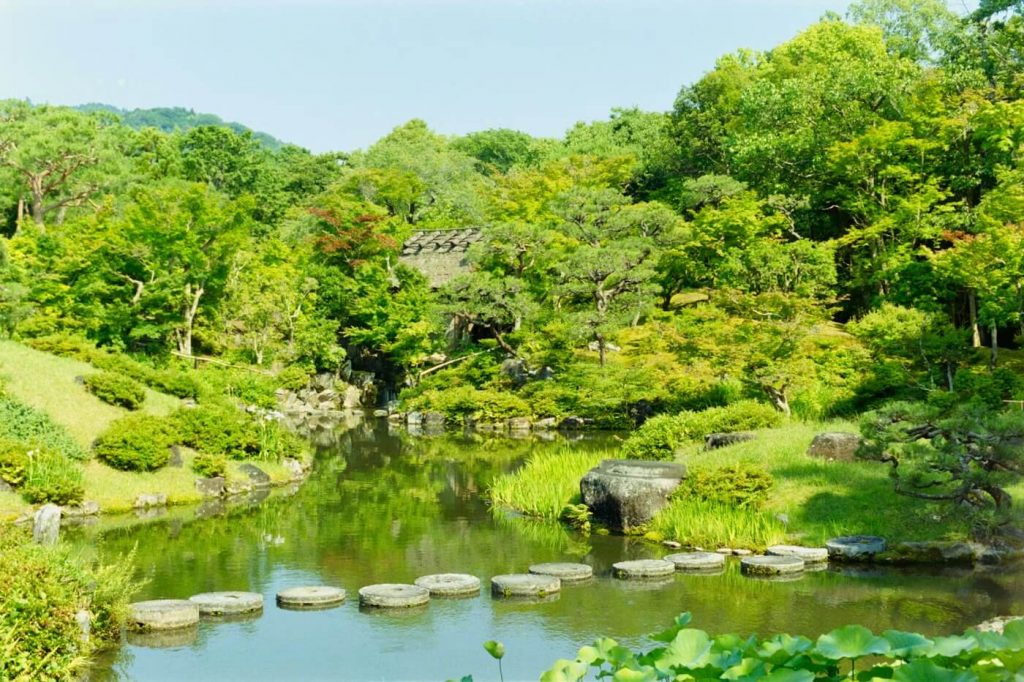
If you’re craving a quiet escape from the crowds, head to Isuien Garden, a beautifully preserved traditional Japanese garden that feels like a peaceful retreat. Designed to highlight the harmony between nature and architecture, Isuien features reflective ponds, flowing streams, stone bridges, teahouses, and seasonal flowers that change the mood throughout the year.
It’s one of the best places in Nara to slow down, take photos, and enjoy Japan’s classic garden design. Many visitors pair it with nearby temples for a calm, balanced Nara day trip itinerary.
Kofukuji Temple – An Ancient Legacy
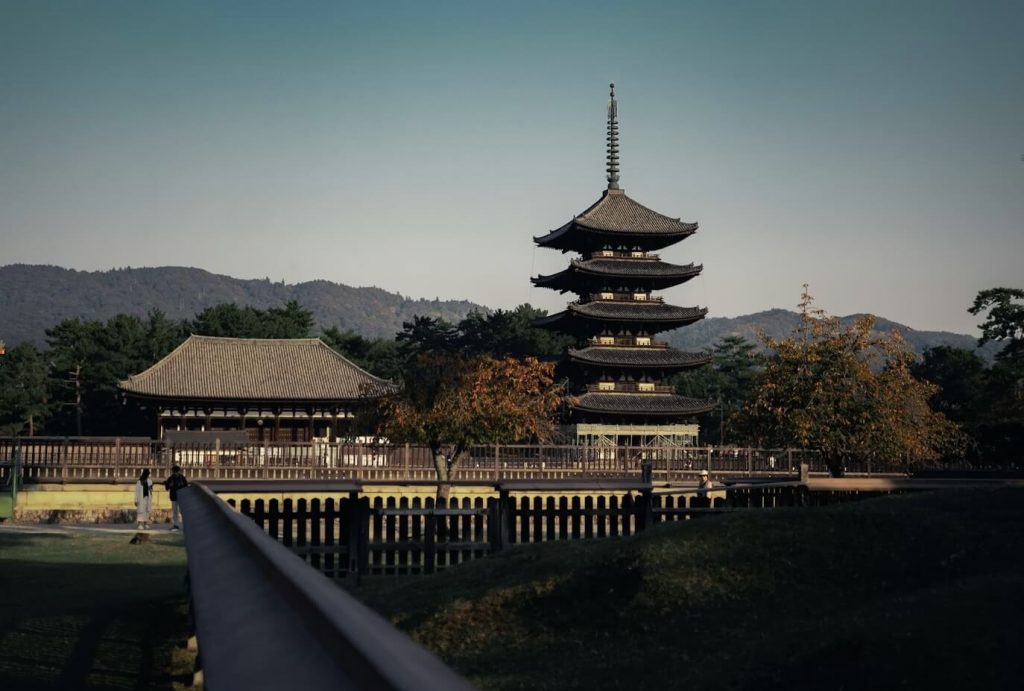
Just a short walk from Nara Park sits Kofukuji Temple, once the powerful Fujiwara clan’s family temple and an essential piece of Nara’s ancient history. Its most iconic feature is the five-storied pagoda, one of the tallest in Japan and an enduring symbol of the city.
Kofukuji’s temple grounds offer a mix of open courtyards, historic halls, and excellent photography spots—perfect for travelers who love architecture and cultural heritage. It’s a great stop to understand Nara’s political and religious influence during the early days of Japan.
Naramachi – Traditional Townscape
Wrap up your Nara adventure with a stroll through Naramachi, a charming old district filled with traditional machiya townhouses. This area preserves the look and feel of historic Nara, with narrow alleys, wooden facades, artisan shops, cozy cafes, galleries, and small museums that show what daily life looked like centuries ago.
Wandering through Naramachi feels like stepping back into a slower, simpler Japan. It’s a great place to grab a snack, shop for local crafts, or enjoy a quiet moment before heading back to Osaka or Kyoto.
Indulge in Local Cuisine During Your Nara Day Trip
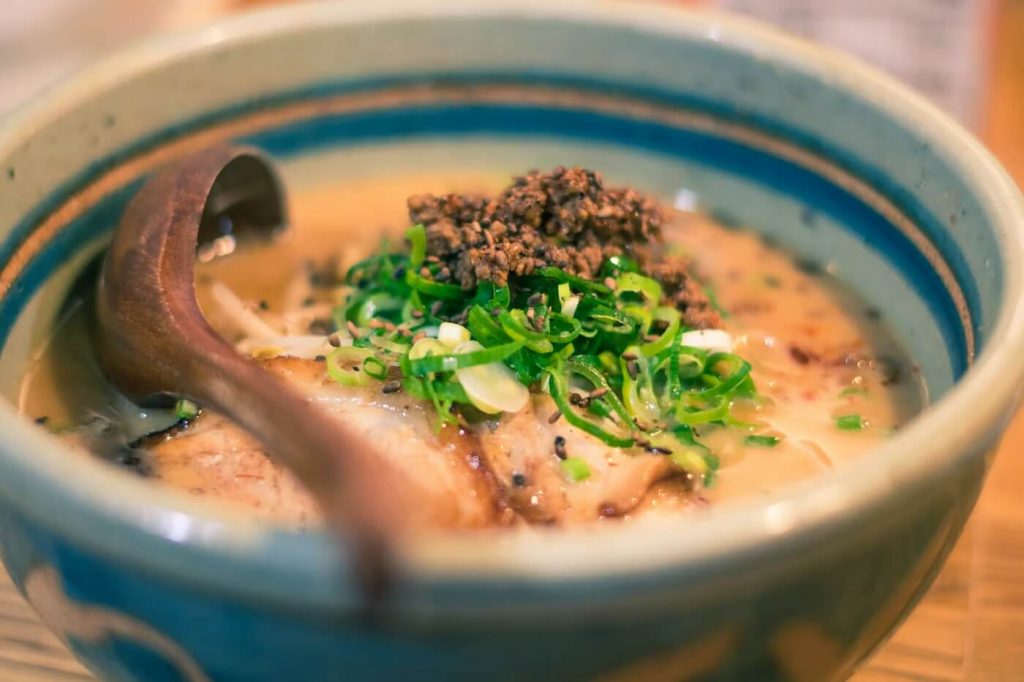
A Nara day trip isn’t complete without tasting the city’s traditional dishes—many of which have been loved for centuries. From unique regional specialties to refreshing seasonal bites, Nara’s food scene is packed with flavors you won’t find anywhere else in Japan. Here are the best local foods to try in Nara during your visit.
- Kakinoha Sushi: One of Nara’s most famous specialties, Kakinoha Sushi is a delicious combination of sushi rice, fresh fish, and a fragrant persimmon leaf wrap. The leaf gives the sushi a light sweetness while keeping it beautifully preserved—perfect for travelers wanting an authentic, portable snack. It’s simple, elegant, and a true taste of Nara’s culinary heritage.
- Kudzu Cuisine: Nara’s cuisine heavily features kudzu, a plant known for its medicinal properties and thickening qualities. Kudzu dishes, such as kuzumochi (kudzu starch cake) and kudzu tempura, are popular choices. Don’t miss the chance to try this unique ingredient and savor the earthy, slightly sweet notes it brings to the dishes.
- Somen Noodles: During warm months, cool off with a bowl of somen, ultra-thin white noodles served in icy water. Dip them into a chilled, flavorful tsuyu sauce for a refreshing burst of umami. It’s light, satisfying, and a favorite among locals—especially during Nara’s hot summer days.
- Narazuke (Nara Pickles): Nara’s signature pickles, Narazuke, pack bold flavors thanks to their unique fermentation method using sake lees. Made from vegetables like cucumber, melon, or ginger, they’re tangy, sweet, and deeply aromatic. Narazuke pairs perfectly with rice and is a great foodie souvenir if you want to bring a taste of Nara home.
- Mochi: Nara is famous for mochi, and the city’s shops offer delicious varieties you shouldn’t miss: Yomogi mochi – a beautiful green mochi infused with mugwort, offering herbal notes
Classic mochi with red bean filling – soft, chewy, and perfectly sweet. The texture alone makes it irresistible, and watching mochi being freshly pounded in Nara is an experience in itself. - Unagi: For something hearty, savor unagi, a delicacy of tender, perfectly grilled freshwater eel glazed with a rich, savory sauce. Served over steaming rice, it’s one of the most flavorful dishes you can enjoy in Nara and an excellent way to end a day of exploring.
Nara National Museum – Cultural Treasures
If you have extra time during your Nara day trip, make a stop at the Nara National Museum, one of Japan’s most important museums dedicated to Buddhist art. Here you’ll find exquisite sculptures, ancient scrolls, ceremonial items, and rotating special exhibitions that showcase Nara’s deep spiritual and artistic heritage. It’s a perfect addition for travelers who want a deeper look at the culture behind the temples and shrines you’ve explored throughout the day.
Return to Osaka or Kyoto with Fond Memories
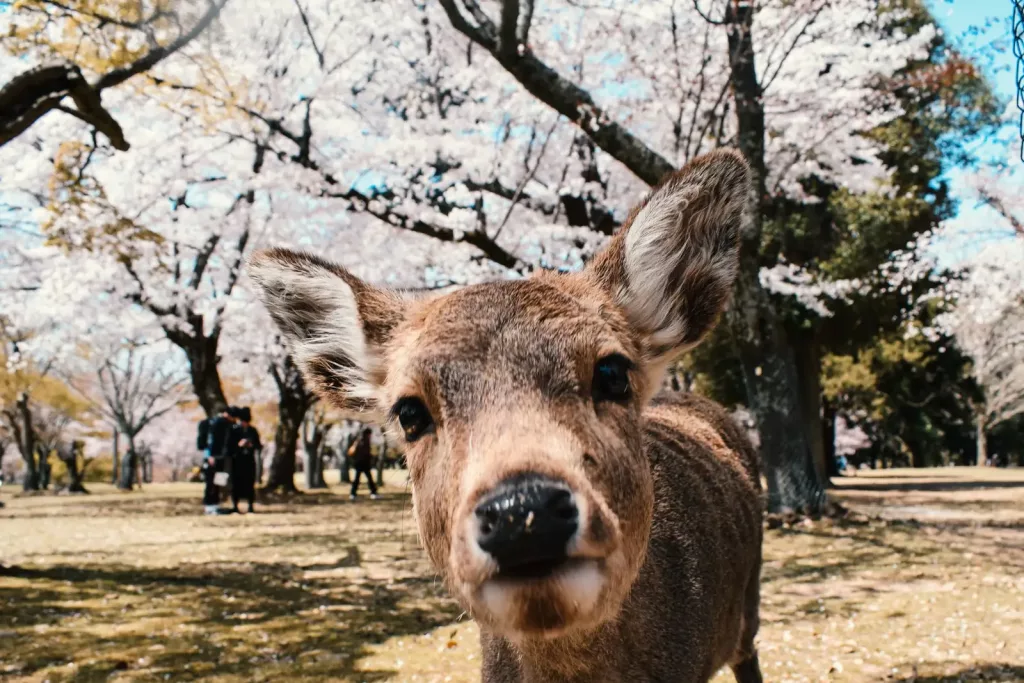
As your Nara adventure winds down, make your way back to Osaka or Kyoto with a heart full of unforgettable moments. Maybe it’s the bowing deer at Nara Park, the towering Buddha at Todaiji, or the lantern-lit paths of Kasuga Taisha that left the biggest impression—either way, Nara’s timeless charm leaves every traveler with something special to remember.
Conclusion – Nara Travel Guide
A Nara day trip from Osaka or Kyoto is one of the most rewarding experiences you can add to your Japan itinerary. With its blend of peaceful nature, sacred temples, traditional gardens, and friendly deer roaming freely, Nara offers a perfect escape into Japan’s ancient past.
From the playful Sika deer and the breathtaking Great Buddha to tranquil gardens and historic townscapes, Nara effortlessly blends culture and charm in a way few places can match. And with easy, direct train access from both Osaka and Kyoto, planning this trip couldn’t be simpler.
So step beyond the city and explore the wonders of Japan’s first capital—a place where history, spirituality, and natural beauty come together to create a day you’ll never forget.
Is Nara Near Osaka or Kyoto?
Nara is conveniently located between Osaka and Kyoto, making it easily accessible for day trips from both cities.
Why Do Tourist Visit Nara?
Nara’s allure as a tourist destination lies in its perfect blend of history, culture, nature, and unique experiences. From ancient temples and friendly deer to exquisite gardens and mouthwatering cuisine, Nara offers a well-rounded and unforgettable journey into Japan’s rich heritage and beauty.
Is Nara Worth Visiting?
Nara, Japan, is unquestionably worth visiting. Its historical significance, cultural treasures, friendly deer, stunning gardens, and unique experiences create a captivating destination for travelers. Whether you’re a history enthusiast, nature lover, or foodie, Nara offers a well-rounded and unforgettable travel experience.
Best Time to Visit Nara Japan?
The best time to visit Nara depends on your preferences for weather, seasonal attractions, and crowd levels. For cherry blossoms, visit in spring; for autumn foliage, visit in the fall. If you prefer a quieter experience, consider visiting in winter, while summer offers vibrant festivals and cultural events.

